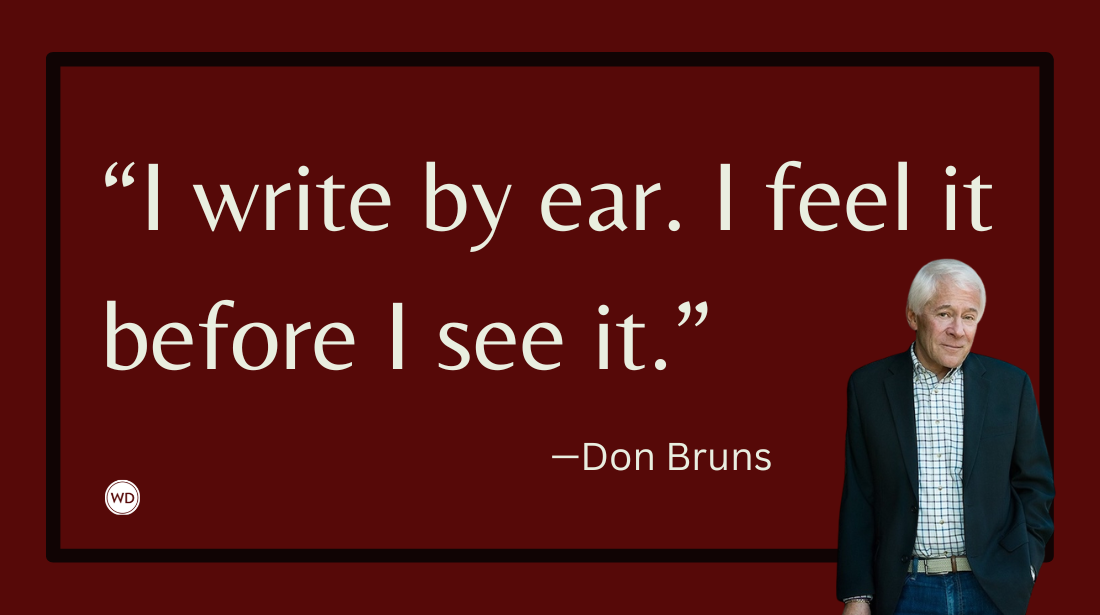Kiersten White: Sometimes Ideas Are Worth Waiting For
In this interview, author Kiersten White discusses her desire to reimagine a classic character in her new adult fantasy novel, Lucy Undying.
Kiersten White is the #1 New York Times bestselling, Bram Stoker Award-winning, and critically acclaimed author of many books for readers of all ages, including the And I Darken trilogy, Star Wars: Padawan, Hide, Mister Magic, and Lucy Undying. Her books have been published in over 20 territories, and her novel Hide is currently in development with Universal Television and Peacock. Visit her online at KierstenWhite.com, and on X (Twitter), Instagram, and Threads.
In this interview, Kiersten discusses her desire to reimagine a classic character in her new adult fantasy novel, Lucy Undying, her advice for other writers, and more.
Name: Kiersten White
Literary agent: Michelle Wolfson
Book title: Lucy Undying
Publisher: Del Rey
Release date: September 10, 2024
Genre/category: Adult/Fantasy
Previous titles: Hide, Mister Magic, Slayer, And I Darken trilogy
Elevator pitch: Her name was written in the pages of someone else’s story: Lucy Westenra was one of Dracula’s first victims. But her death was only the beginning. Lucy rose from the grave a vampire, and has spent her immortal life trying to escape from Dracula's clutches. In life she was his victim. Discover who she becomes in her undead afterlife in this darkly seductive sapphic romance.
What prompted you to write this book?
Like all my books inspired by existing stories, this one was rooted in both love for and annoyance with the original tale. In the case of Dracula, my anger revolves around the treatment of Lucy Westenra. Everyone in her life takes away agency and power from her, and then her transformation equates feminine desire with evil. That never sat right with me. Plus, despite her abundance of suitors, I’ve always read her as queer. Lucy Undying isn’t a direct retelling so much as using Dracula as a springboard to give Lucy a new narrative tackling those issues.
How long did it take to go from idea to publication? And did the idea change during the process?
I’ve wanted to write Lucy’s story since The Dark Descent of Elizabeth Frankenstein in 2017. I kept trying to find my way into it, but I couldn’t make an idea work until I realized it wasn’t a young adult novel.
Once I opened it up past the limits of YA, the story at last started seeping into my brain. After that, it took me a couple of years of taking notes and sketching out plotlines to finally start writing. Iris, one of the POV characters, was a very late addition in my brainstorming. But her voice, insight into Lucy, and connection to the vampiric multi-level marketing cult plaguing the modern day sections were the final puzzle pieces I needed to at last start drafting. I usually get an idea and begin drafting immediately, but Lucy demanded—and rewarded—patience at every step.
Were there any surprises or learning moments in the publishing process for this title?
Sometimes ideas are worth waiting for! If I’d tried to pursue this concept when it first occurred to me, I’m sure I could have written a perfectly fine young adult novel about Lucy. But I’m glad I gave myself the space to grow as a writer until I was ready to tell this story. I was fortunate, too, in that my editor—the brilliant Tricia Narwani at Del Rey—loved the idea from the moment I pitched it to her but was willing to wait until it was done simmering.
During the revision process, I realized that I needed to simplify the structure. I tried to do way too many things with the original draft—make it epistolary as an homage to Dracula (which killed a lot of the flow), write an entire section as transcripts (which removed the reader from the action), trick the reader by telling a whole section out of order (which ended up just being frustrating and confusing rather than clever)—and every single revision pass was about streamlining. The question I kept asking is What’s the heart of the story? And each time I revised I got closer to it. Some of the sections were hard to let go, but if they didn’t serve Lucy’s story, they couldn’t stay.
If I had tried to write Lucy Undying before I was ready, I wouldn’t have been willing to engage so deeply with it, and it would have been a much lesser book.
Were there any surprises in the writing process for this book?
I’ve drafted over 30 novels, and each one was written the same way: start to finish. Even my stories that are nonlinear were drafted in a straight line from the first page to the last page. However, I started Lucy Undying with an exercise—writing all of teen Lucy’s journal entries, even though at the time I didn’t plan on including them and just wanted them for reference—and from there I wrote each storyline in the first half of the novel separately before stitching them all together and then writing the second half of the book. It was exhilarating and a little terrifying to draft in an entirely new way after so long, but a good reminder that every book needs its own process.
What do you hope readers will get out of your book?
I hope they get swept away by Lucy, fall in love with and alongside her, and—regardless of whether they love the novel Dracula or have never read it—engage with narratives of bodily autonomy and what makes women monstrous in more thoughtful ways. Also, I hope they have fun. I had so much fun writing it!
If you could share one piece of advice with other writers, what would it be?
No writing is ever a waste. Sometimes sections of a book—or entire books—don’t work out. That doesn’t mean you wasted your time or work. You created something and grew as a writer, and that’s always valuable.









